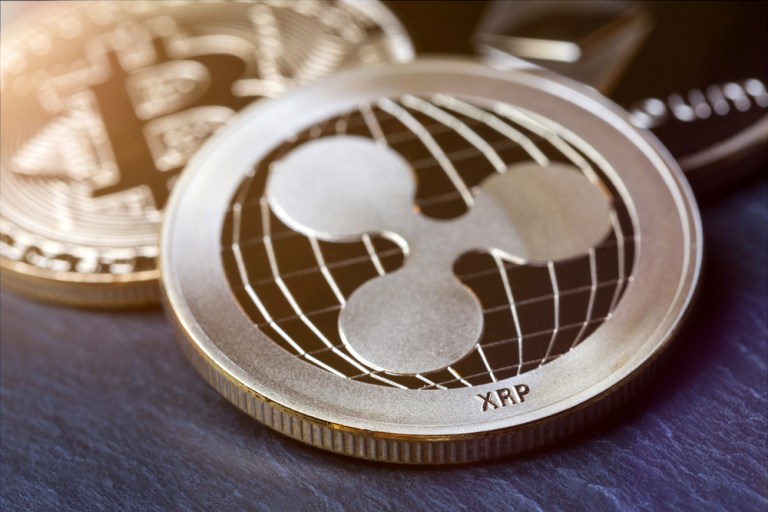
Ripple, the blockchain payments company, is gearing up to invest in startups and technology firms that create more uses for its cryptocurrency XRP.
In an interview with TechCrunch on the sidelines of Money2020, the payments conference currently being held in Singapore, Brad Garlinghouse, CEO of Ripple, said the company is focused on enabling banks to use its blockchain software offering, while also looking to invest in startups that could provide alternative uses for XRP.
“We, Ripple, will stay focused on solving that institutional use case, but we would certainly partner with companies that are looking to use XRP in lots of different ways,” said Garlinghouse, pointing to Omni, a San Francisco-based startup that provides storage and rental services through XRP. TechCrunch noted that Ripple and two executives from the company were the lead investors in Omni back in January.
“You should expect that you’ll see more of those,” Garlinghouse said. Using XRP for marketplaces and micropayments would be a different focus for the digital token, which is typically aimed at banks and financial firms. However, whether or not XRP is successful for alternative uses depends on if it finds the right partners to give the cryptocurrency justification for its value. As it stands, TechCrunch argued, XRP is still only an asset that validation for its current worth.
The commentary out of Garlinghouse about the potential for future startup acquisitions comes after Ripple announced earlier this month that it has created a new payment app in which transactions are settled instantly. According to news from CNBC at the time, the new app was created with a group of 61 banks in Japan. Dubbed Money Tap, the mobile app will launch in the fall and will be initially offered through SBI Net Sumishin Bank, Suruga Bank and Resona Bank, three of the consortium partners. It will then be rolled out to the remainder of the Japanese banks that are part of the alliance. Ripple said the new app will make it easier for banks to settle payment transactions 24/7. In order to access the new offering, consumers must have a bank account, phone number or a QR barcode.